
I am a Machine Learning Researcher with a background in neural networks, joint optimization, uncertainty quantification, domain adaptation, and spatiotemporal image analysis.
I hold a PhD degree in Electrical and Computer Engineering at the Georgia Institute of Technology. My dissertation was completed under the supervision of Professor Ghassan AlRegib at the OLIVES lab. My research has focused on the automatic analysis and interpretation of high-dimensional spatiotemporal image signals, such as those present in migrated 3D seismic volumes (for geophysics exploration) and medical imaging data (for predictive analytics in healthcare). In particular, I have worked on developing an array of deep learning algorithms for solving multimodal inverse problems in geophysics, for the accurate segmentation of spatiotemporal image data towards subsurface characterization and automatic tumour detection, and for addressing domain shift for the real world application of deep models pretrained on synthetic training data. Additionally, I have worked on researching weakly supervised learning and active learning for the accurate semantic segmentation of 2D/3D image signals in sparse label settings.
Aside from my research engagments, I have delivered numerous talks and short courses across industry and academic settings and have been involved with numerous research intiatives involving industry and academia. I have served as a mentor and advisor to students and early-career researchers, fostering knowledge exchange through technical workshops and industry partnerships. I welcome collaborations that push the boundaries of AI-driven signal processing, particularly in domains where high-dimensional data and complex physics-based constraints pose unique challenges.
 IEEE TGRS
IEEE TGRS
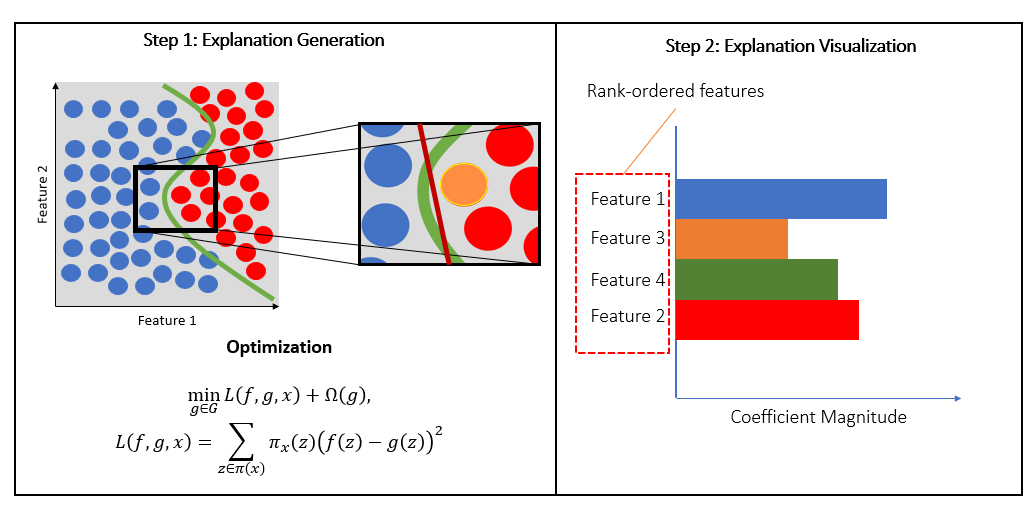 Geophysics
Geophysics
 Geophysics
Geophysics
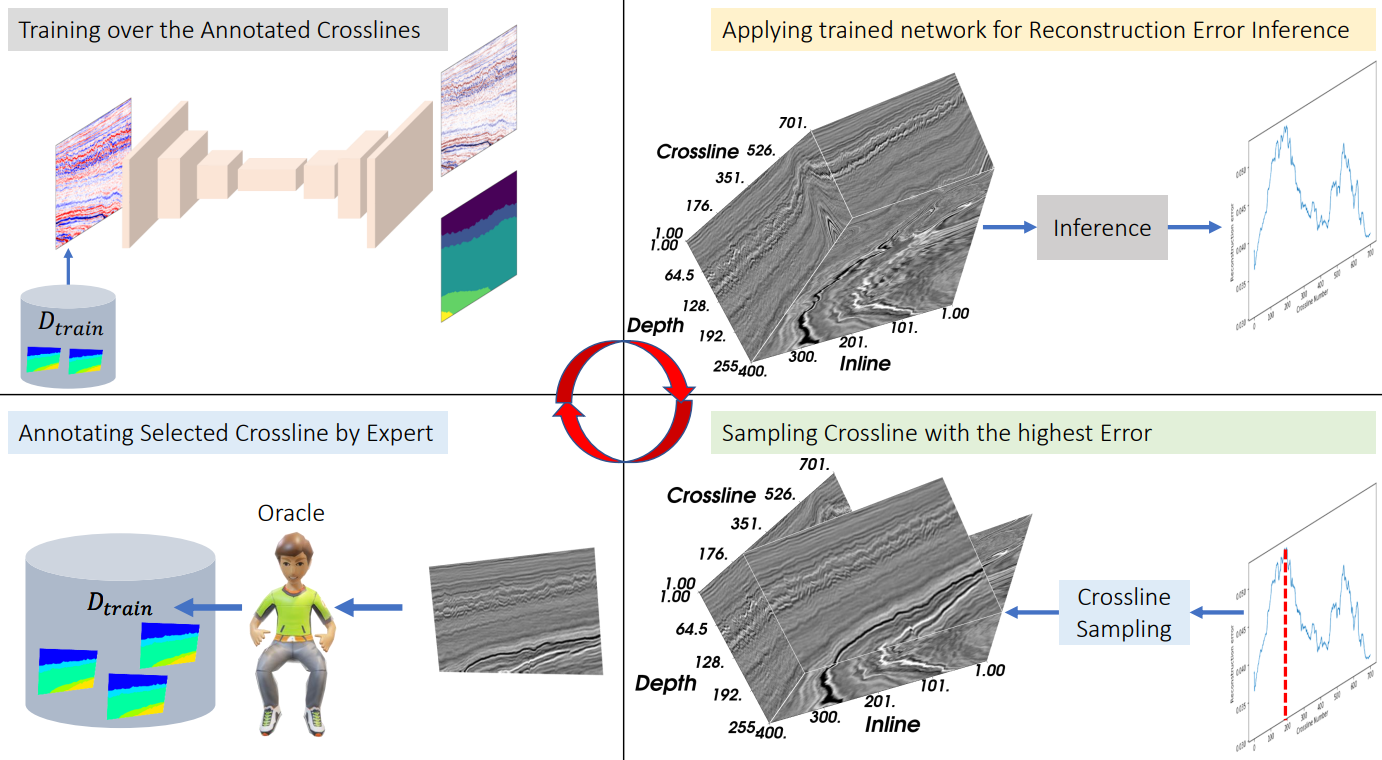 Geophysics
Geophysics
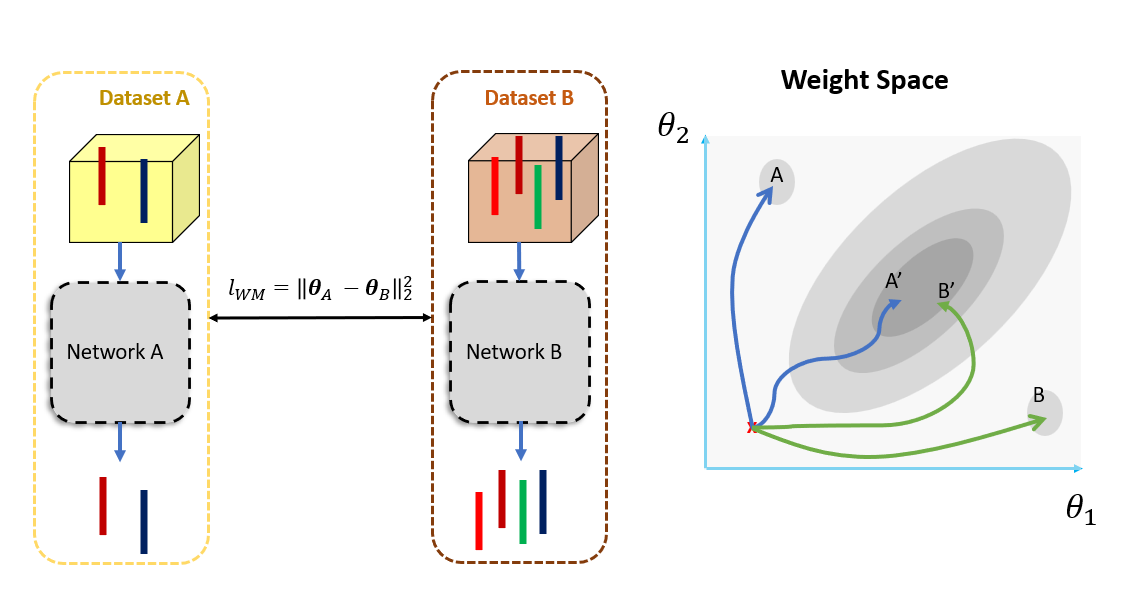 Geophysics
Geophysics
 arXiv
arXiv
 IMAGE
IMAGE
 ICIP
ICIP
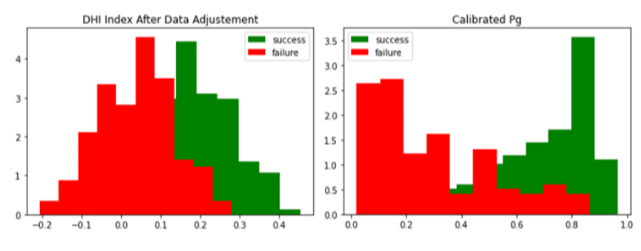 SEG
SEG
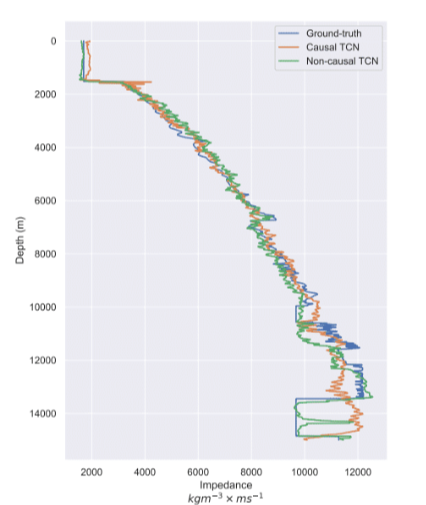 SEG
SEG
 ICIP
ICIP
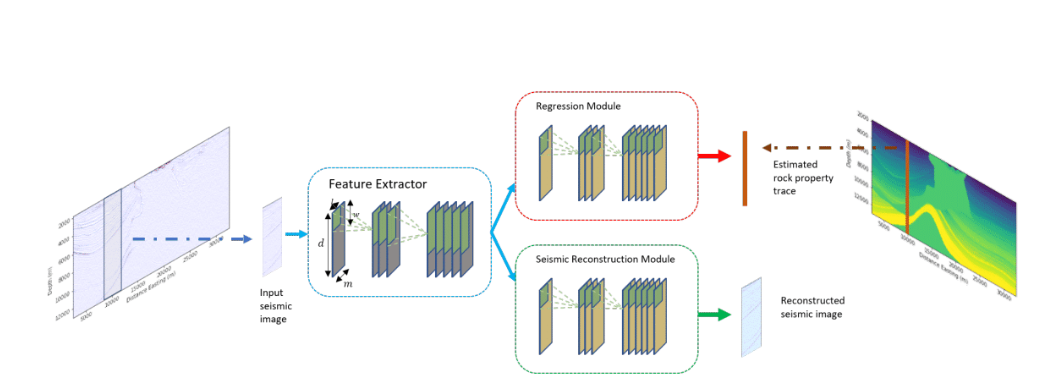 SEG
SEG
 SEG
SEG
 SEG
SEG
 Machine learning-assisted seismic interpretation tasks require large quantities of labeled data annotated by expert interpreters, which is a costly and time-consuming process. Where existing works to minimize dependence on labeled data assume the data annotation process to already be completed, active learning—a field of machine learning—works by selecting the most important training samples for the interpreter to annotate in real time simultaneously with the training of the interpretation model itself, thereby reducing cost and effort to produce annotated training samples while minimizing the negative impact on performance. We develop a unique and first-of-a-kind active learning framework for seismic facies interpretation using the manifold learning properties of deep autoencoders.
Machine learning-assisted seismic interpretation tasks require large quantities of labeled data annotated by expert interpreters, which is a costly and time-consuming process. Where existing works to minimize dependence on labeled data assume the data annotation process to already be completed, active learning—a field of machine learning—works by selecting the most important training samples for the interpreter to annotate in real time simultaneously with the training of the interpretation model itself, thereby reducing cost and effort to produce annotated training samples while minimizing the negative impact on performance. We develop a unique and first-of-a-kind active learning framework for seismic facies interpretation using the manifold learning properties of deep autoencoders.
Show more
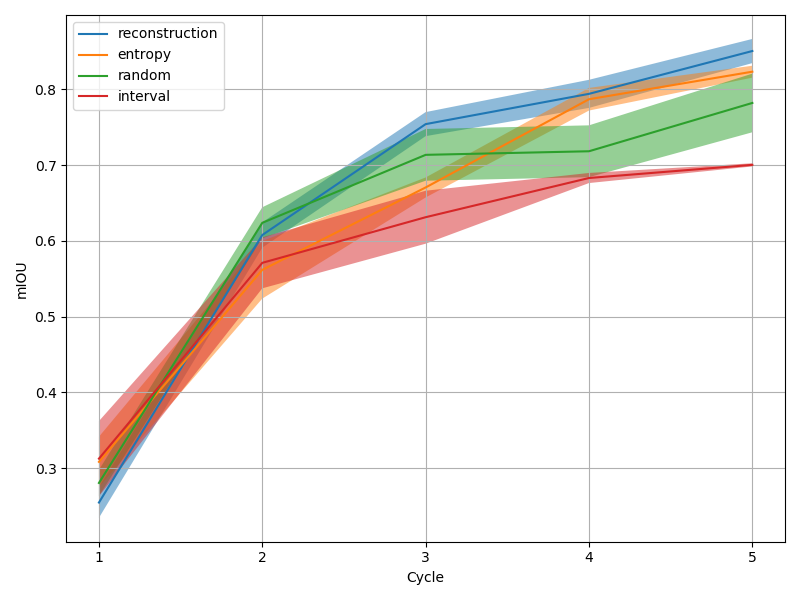

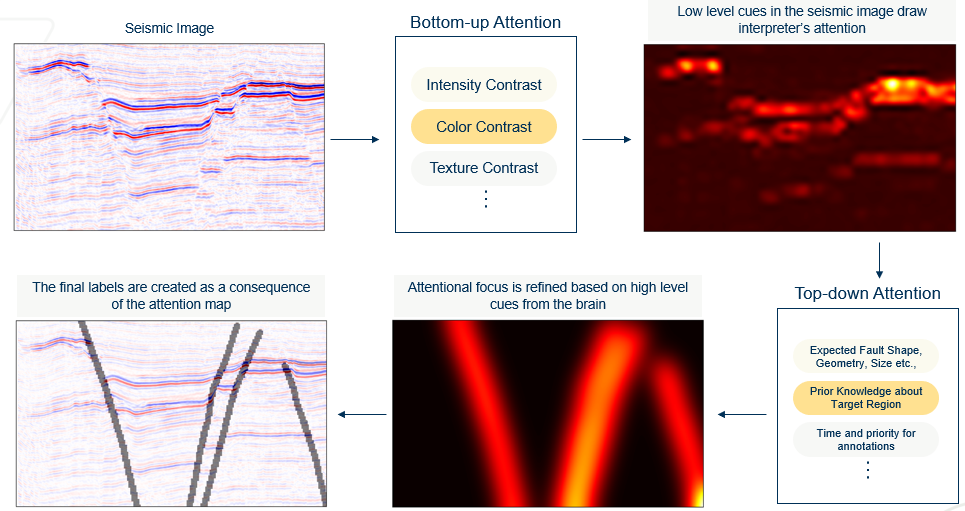
Show more

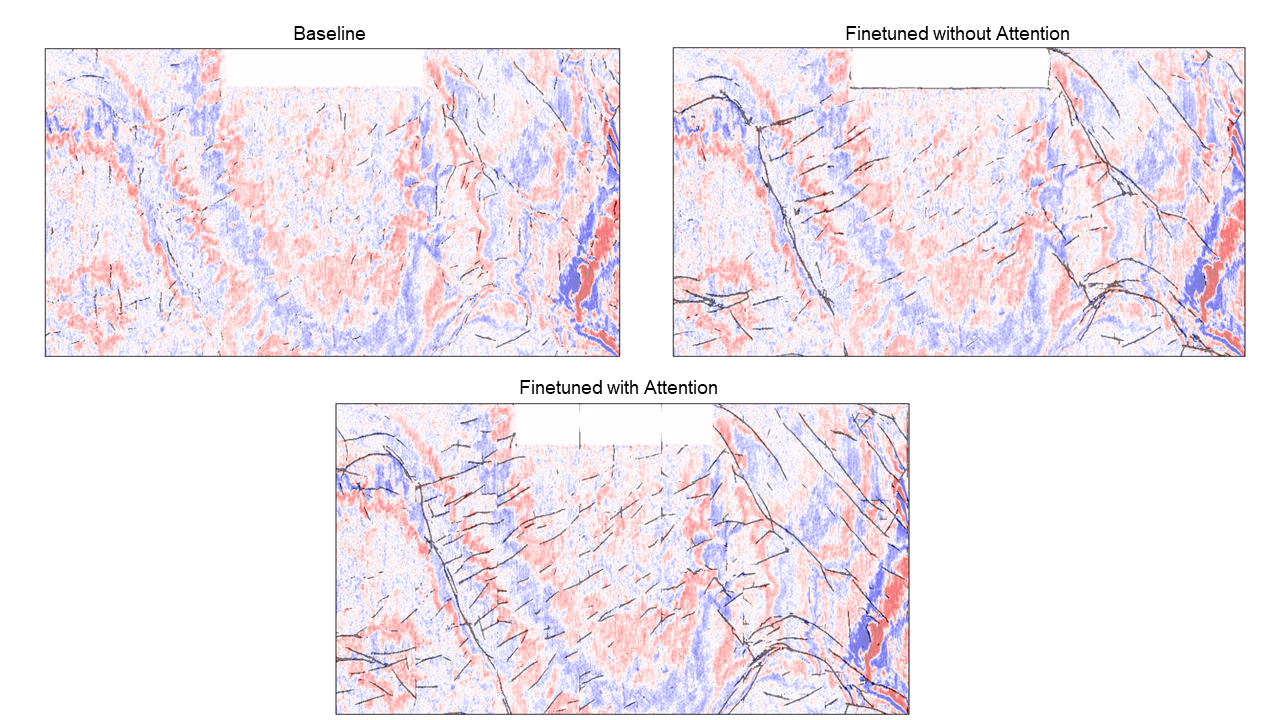

The ultimate lightweight Matplotlib-based seismic volume viewer with multi-view support and horizon visualization capabilities.
You are more than welcome to reach out to me with for any questions or advice (if you feel I am qualified to give some based off my experience) on any of my emails below.
Personal Email:
Work Email: